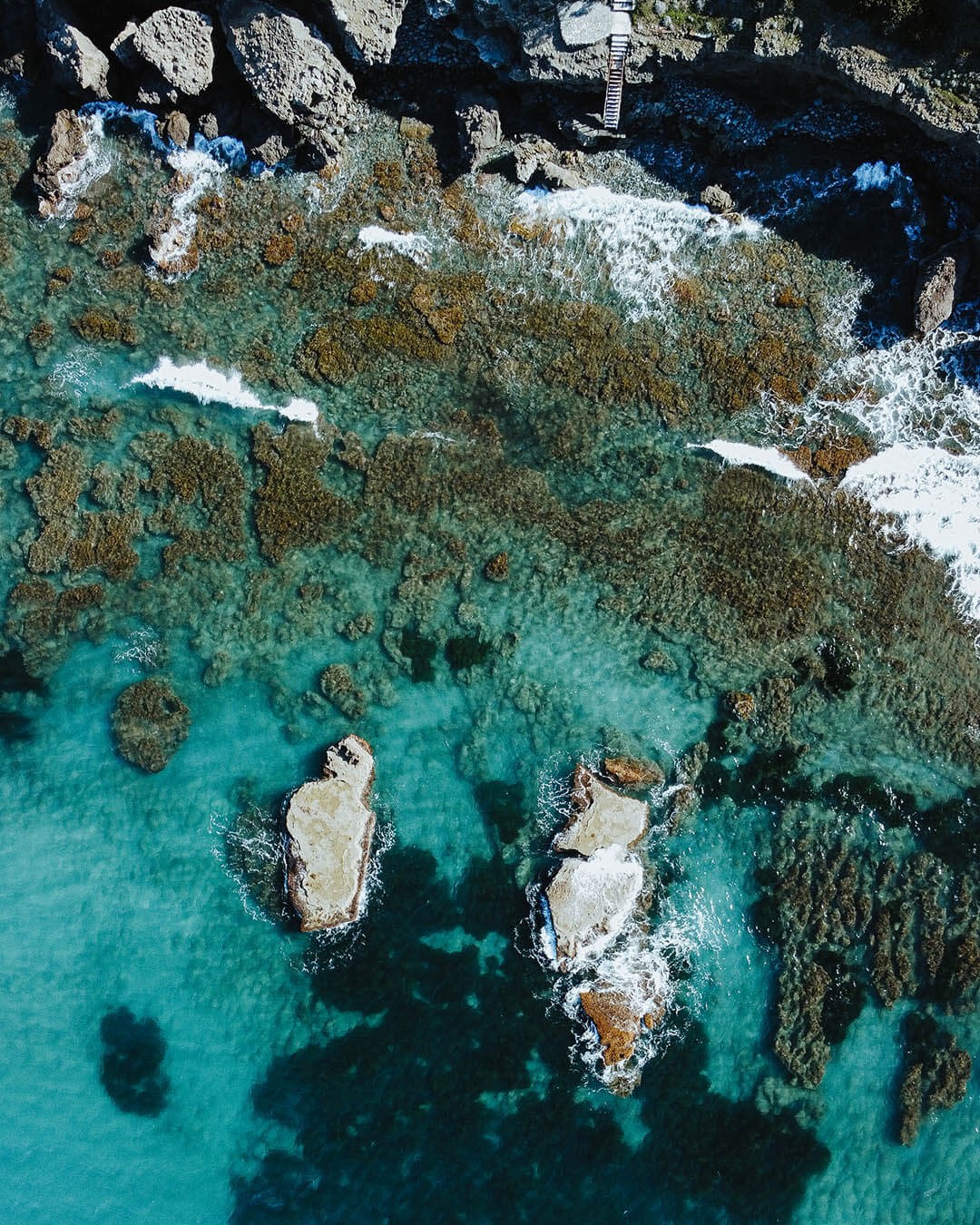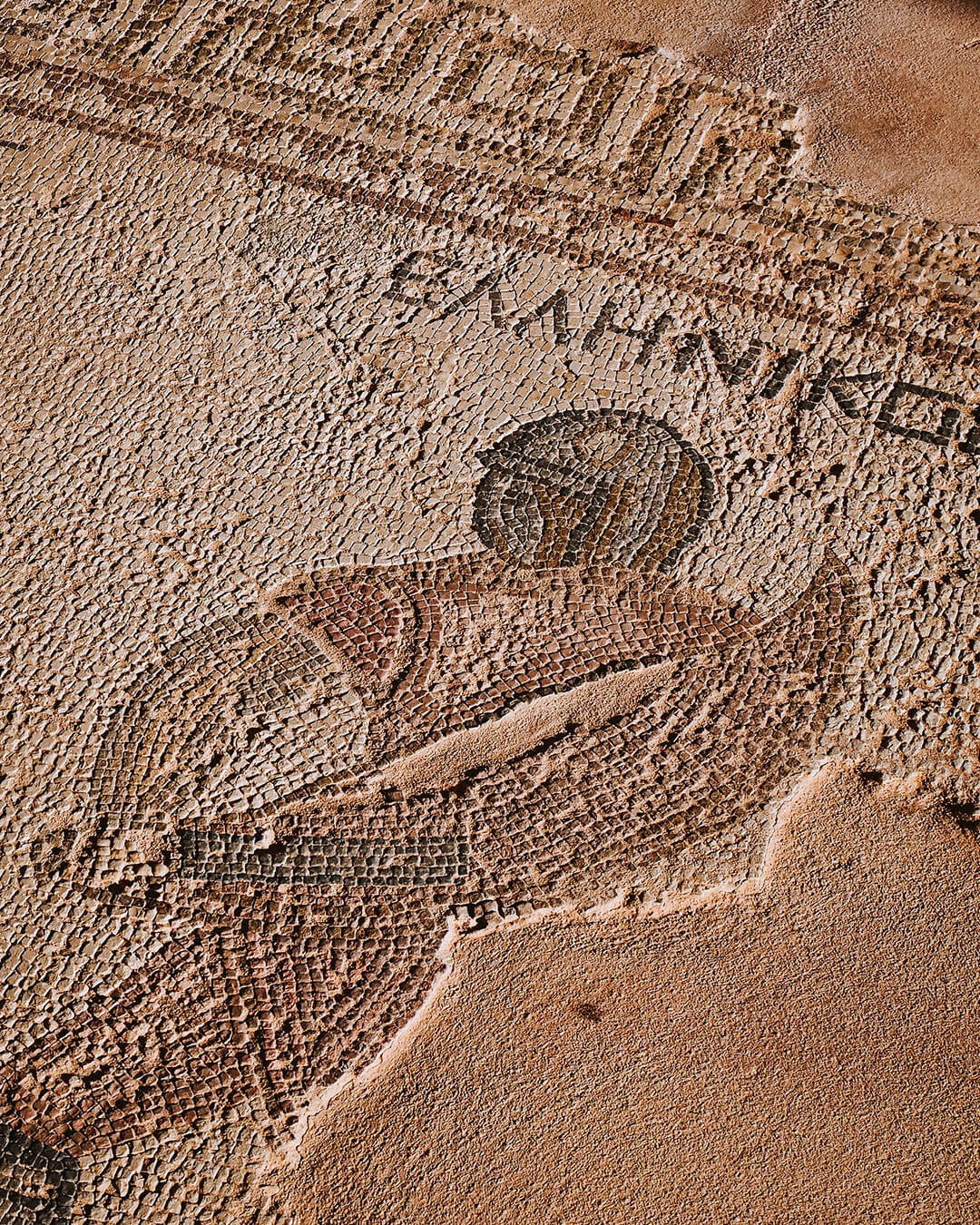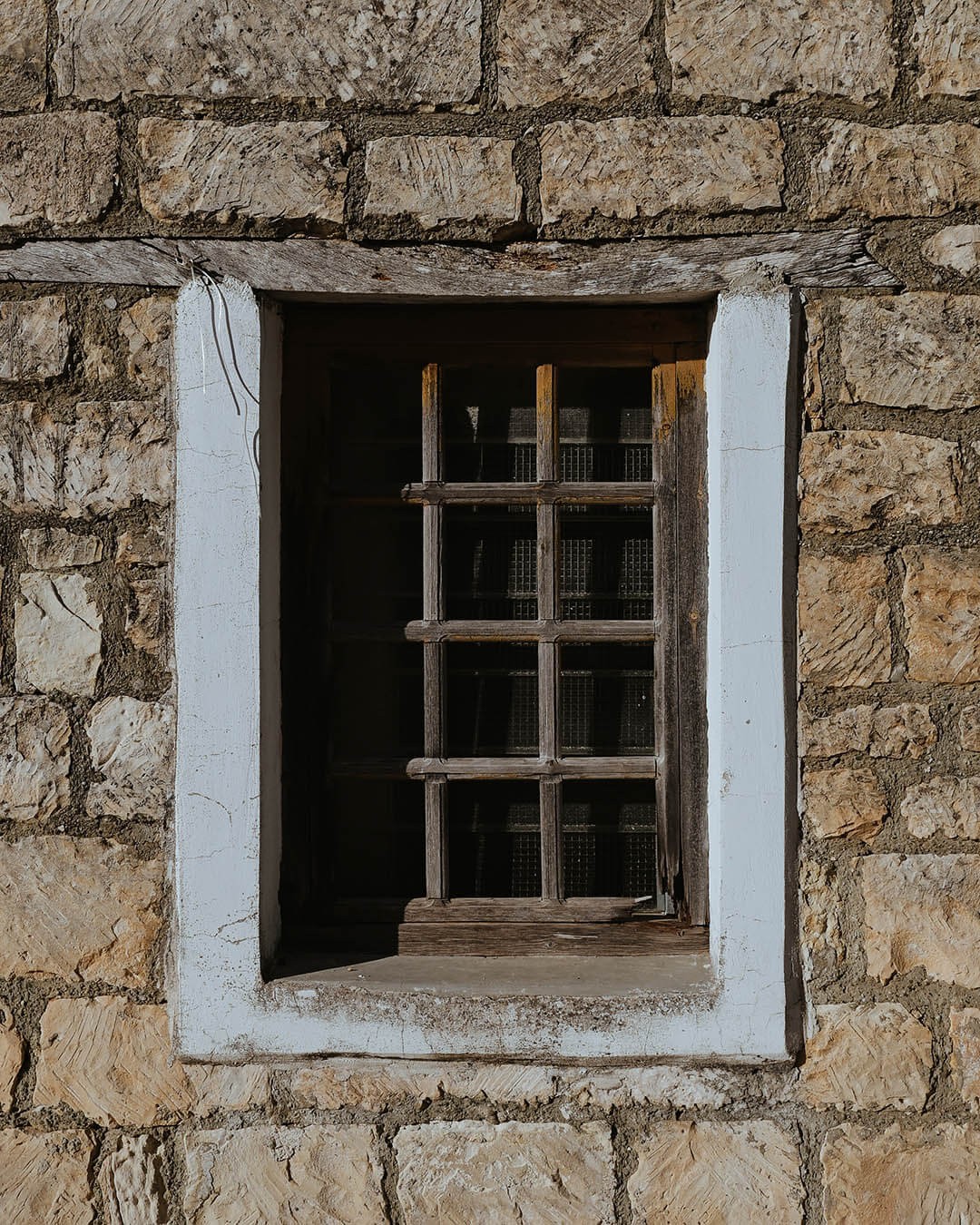Plátres
- Limassol
- Village
Platres is a mountainous village situated on the southern slopes of the Troodos Mountains, known as the largest Troodos resort.
The origin of the village's name has been linked to several narratives over the years. One suggests that "Platres" derives from the Greek word "plateia" (πλατεία), meaning "plain area," due to its location nestled between mountainous terrain. Another historical account suggests that Platres may have been a feud during the Frankish period, possibly accounting for its name. Additionally, there is evidence linking the name to the French word "plâtre," which translates to "white" or "gypsum." There are references to a Frankish monastery on the south side of Troodos, where the monks dressed in white and referred to themselves as "Platrai." Another version associates the village's name with the Greek word "pratra" (πράτρα = πωλήτρια), meaning "one who weaves and sells," possibly due to a weaver residing in the village.
Platres boasts a long and significant history. It is mentioned among the villages of Limassol district that existed during the Frankish era when the House of Lusignan held power over Cyprus from 1192 to 1489, and later during the Venetian Era from 1489 to 1571. During British rule, Platres became a popular hill resort among British officials and expatriates, who discovered the village's mountainous charm and established hotels and mansions as retreats. Even today, Platres remains a prominent hill resort with hotels and restaurants catering to visitors throughout the year, offering a cooler escape in the summer and serving as a ski resort in the winter.
Platres is divided into two parts: Kato Platres, a residential settlement previously known as Tornarides village, and Pano Platres, the principal hill resort widely referred to as Platres. The village landscape is dotted with small streams flowing towards the larger rivers of the Troodos area, creating a scenic environment. The village square offers relaxation and dining options in its taverns and restaurants, surrounded by mansions built by the early visitors who vacationed there. Taking the road towards the old neighborhood of Platres, visitors will encounter traditional stone-built houses along narrow alleys.
The village is home to several churches and chapels, some dating back to the 14th century. Among them is the small chapel of Panagia Faneromeni (Virgin Mary Revealed) on the southern side of the village, which was the main church until 1880 when a larger church was constructed to serve the growing population. Another church dedicated to Virgin Mary is Panagia Iamatiki (Virgin Mary with healing powers), built between 1940 and 1975 on the ruins of an old monastery. There is also a smaller chapel located just outside the village, dedicated to Saint Nicholas, built in 1995 on the ruins of an ancient monastery. A nearby path offers visitors the opportunity to enjoy the serenity and beauty of the landscape. On the road between Platres and Prodromos, an 18th-century monastery dedicated to Virgin Mary, Panagia Troodotissa, sits with a history dating back to the 8th century AD.
Platres serves as the starting point for some of the most impressive nature trails on the island, offering various leisure and exploration opportunities. The Milia Nature Trail is a short linear route of 1km, passing through a forested area with a variety of bushes, plants, pine, and oak trees, leading to the historic medieval bridge of Milia. The 1.2km trail from the village entrance leads to the Millomeri Waterfall, the highest waterfall on the island with 15 meters in height, surrounded by pine trees. Another popular trail is the Caledonia Waterfalls, a linear route of 3km with impressive waterfalls, named by Scottish visitors who discovered the area's beauty in the 19th century. The longest trail in the area, the Psilo Dentro Nature Trail, is a circular route of 9km, offering panoramic views of the striking pine forest at its highest points.
As a picturesque resort nestled in the slopes of Troodos Mountains, Platres offers a delightful blend of cultural discovery, religious exploration, and a reconnection with nature through winter skiing or summer hiking.
Other locations
All locationsDragon's Cave Beach
Paphos | Beach
In an ideal location to escape the crowds, outside the small village of Pomos, it is located Dragon’s Cave; an impressive cave overlooking a hidden beach.
Archaeological Site of Kourion
Limassol | Monument
On the west coast of Limassol, are situated the archaeological ruins of an old city-kingdom, Kourion. Providing solid evidence of the past life on the island...
Oenou Yi Winery
Limassol | Winery
Nestled between the peaks of Troodos and facing the magnificent Mount Olympus, lies the amphitheatrically aligned vineyards of Ktima Vassiliades, also known ...
Kyperounda Winery
Limassol | Village
Cyprus is known for its rich history, stunning landscapes, and delicious wines. Among the many wineries in the region, Kyperounda Winery stands out for its e...
Governor's Beach
Limassol | Beach
A favourite beach stretching across the southern coast of Cyprus, Governor's Beach is remaining an incredibly beautiful location, while the surroundings offe...



